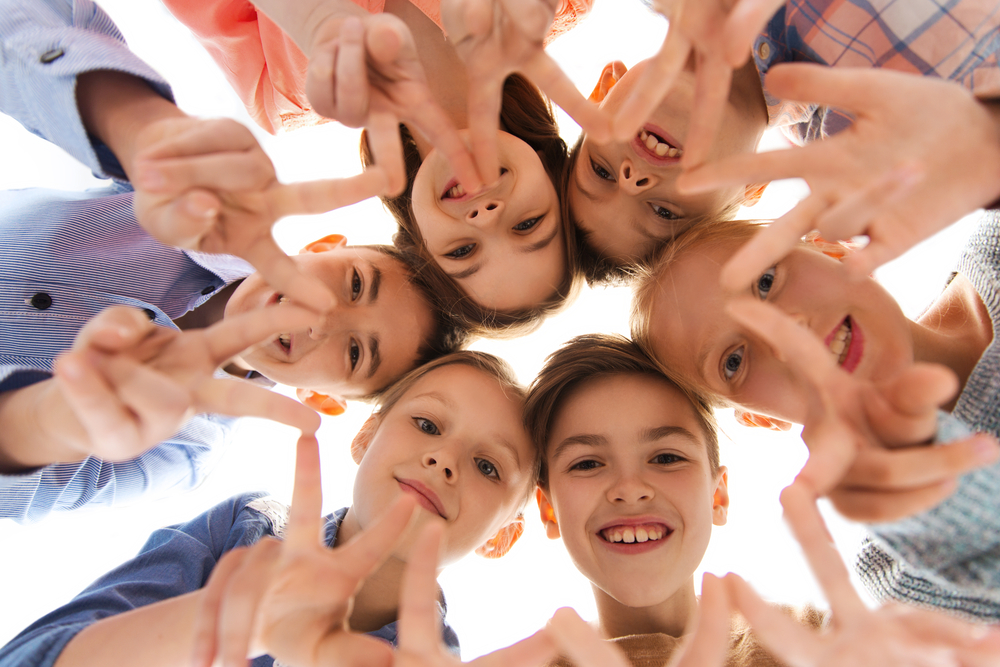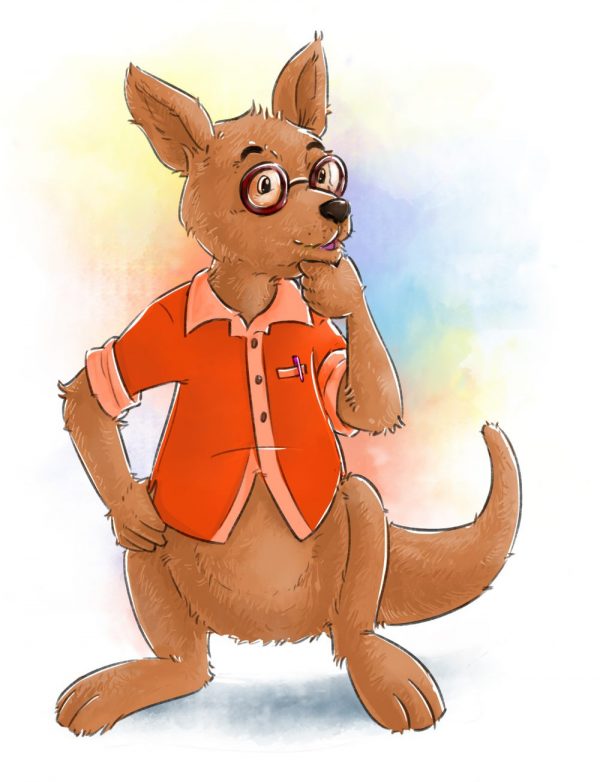Technology has made life easier and more convenient today than ever before. Despite the changes and convenience that technology has brought us, it has a big impact on how children perceive things. And also on how they think at a higher level. This is where computational thinking helps.
Computational thinking means breaking big problems into smaller units that can be solved with a computer’s capacity.
Collaborative problem solving is a foundation of computational thinking.  As time goes by, the child’s computational ability increases as her cognitive level develops. This means the child begins to better understand computational thinking approaches. This enables her to work with her peers collaboratively or as a group. These children may work hand in hand to achieve their goal in a shorter period. They may divide the task among themselves or do it as one.
As time goes by, the child’s computational ability increases as her cognitive level develops. This means the child begins to better understand computational thinking approaches. This enables her to work with her peers collaboratively or as a group. These children may work hand in hand to achieve their goal in a shorter period. They may divide the task among themselves or do it as one.
Computational thinking empowers each child to be more responsible for how they learn through inquiry and personal perspectives. They may have their own stand or perspective, each child then collaborates with each other to compare and contrast the data that they have gathered and then communicates what they have learned to a bigger audience.
Computational thinking develops a child’s ability to communicate with others, within her group, and across other groups.
It boosts a child’s confidence to stand in front of a crowd to present her acquired data, for others to know and help her improve her output by giving her constructive comments and work with them to enhance her output. This also enables each of them to have a grasp of the detail and the larger picture.
Children working together in a larger group develop a number of additional skills. Since computational thinking is breaking down the problem into smaller more manageable pieces, these smaller parts may then be distributed to each child to work on, and afterward, they collaborate with one another to combine their data and see the bigger picture. It enables them to ask for.ideas from one another and monitor each other’s progress. It is through these that their sense of responsibility for one another is strengthened and a bond is formed that they never had before.
Computational thinking also helps children to be collaborative by giving everyone a chance to share success. This motivates them to keep going on tasks that may seem confusing, or even impossible if they work individually.

It’s a good idea to provide computational thinking activities that require children to work as a team. Technology projects, games or even just a simple story, all help to develop the way they collaborate and work with others. There are also online coding games that children can play together to be collaborative in the cloud.
As they say, two is always better than one. The power of many outweighs the power of one. It is always better to work with others than to do things by yourself – and way more fun!


